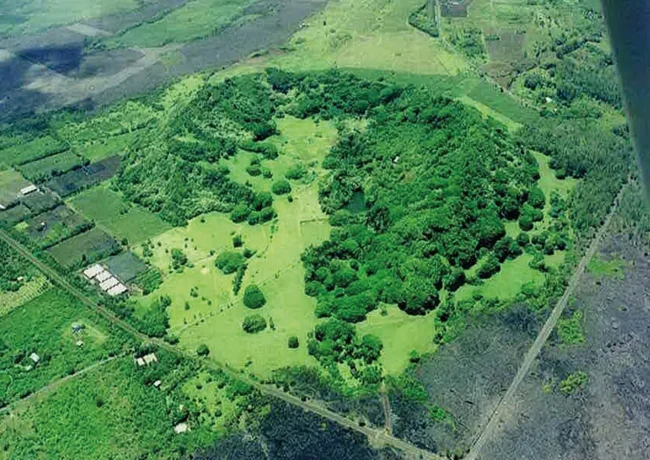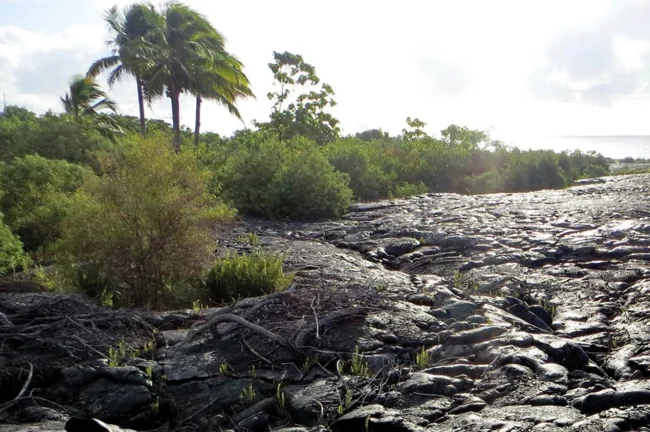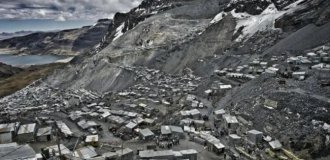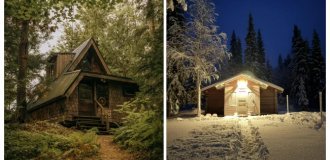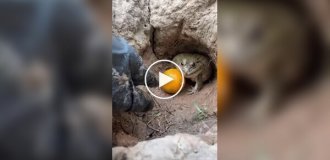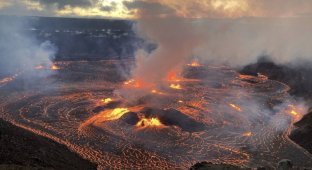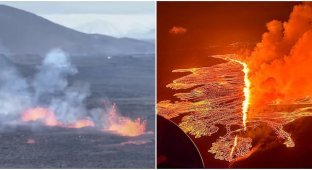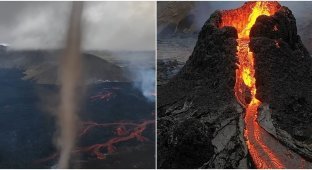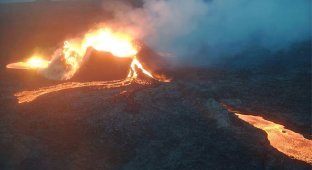Kipuka is an oasis among the lava (10 photos + 1 video)
Sometimes, when a volcano erupts, lava flows flood the mountainside and surrounding area, while some areas, due to their height, remain untouched. 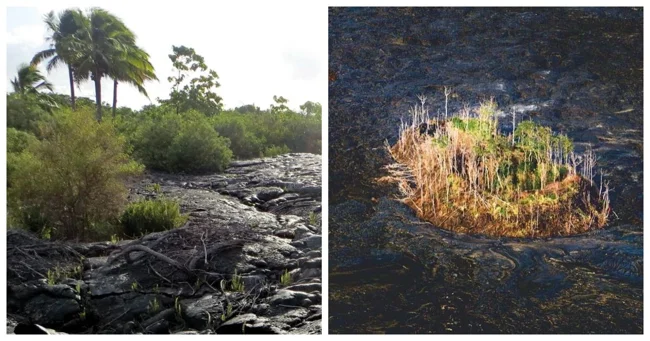
These areas of land untouched by lava become oases for plants, animals, and birds that find shelter in an otherwise inhospitable environment. They are called kipuka, a Hawaiian word meaning "hole" or "opening." 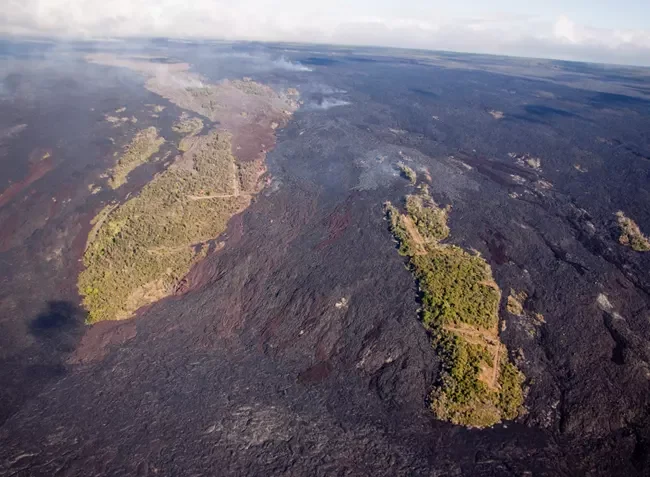
Kipuka near Royal Gardens
Kipuka are common in Hawaii, where they serve an important role as a kind of biological reservoir for plants and animals that can later colonize the land they cover. They can also shelter native species from newly invading invasive species. 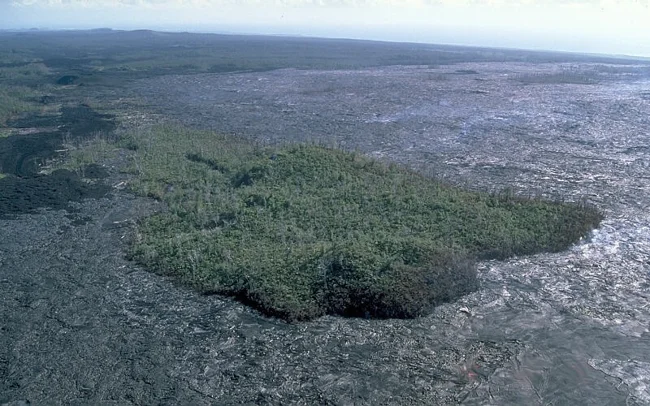
Kipuka surrounded by lava flows on Kilauea Volcano, Hawaii
In isolation, native plants and animals may be inaccessible to new species that might displace them. Such isolation also facilitates specialization—the formation of new and distinct species. Once a kipuka forms, plants and animals that cannot travel long distances on their own become trapped. 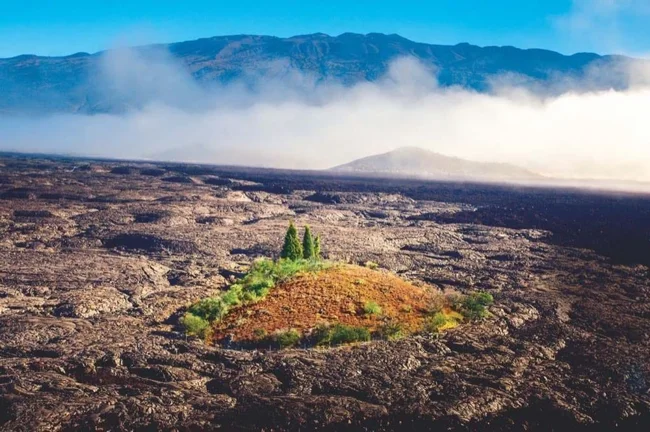
Organisms within an isolated kipuka have a limited gene pool. And over time, without a larger population to breed with, different genes can become dominant. Organisms can evolve significantly - perhaps into entirely new species. 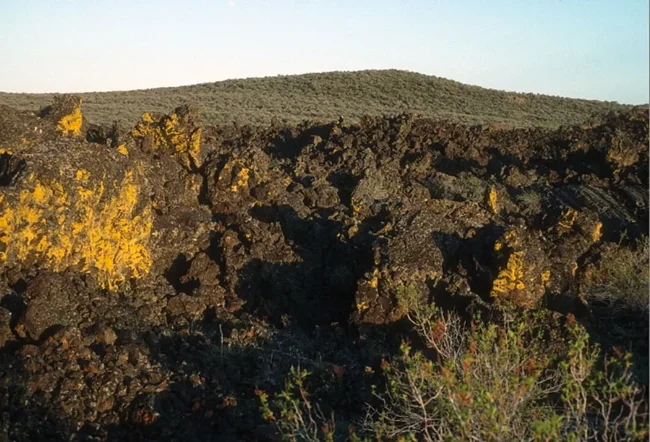
A kipuka rises above lava in Craters of the Moon National Preserve, Idaho
One of the most prominent kipukas in Hawaii is Kipukapuauulu on the Big Island, which has survived multiple lava flows from Mauna Loa and is now one of the most biologically diverse forests in Hawaii, with more native tree species per square kilometer than any other forest in Hawaii Volcanoes National Park. 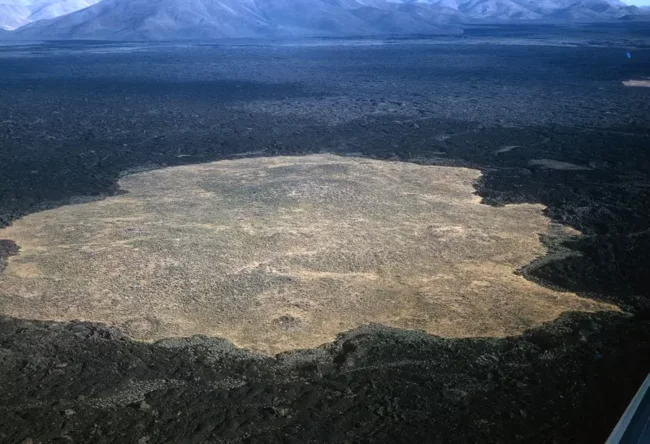
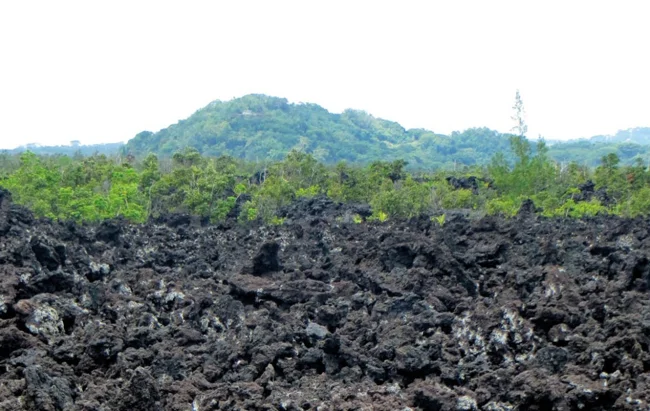
[thumb]https://cn22.nevsedoma.com.ua/p/28/2851/212_files/47bd40a79 6bd5f71f1bf81cfd0d9da33.webp[/thumb] 